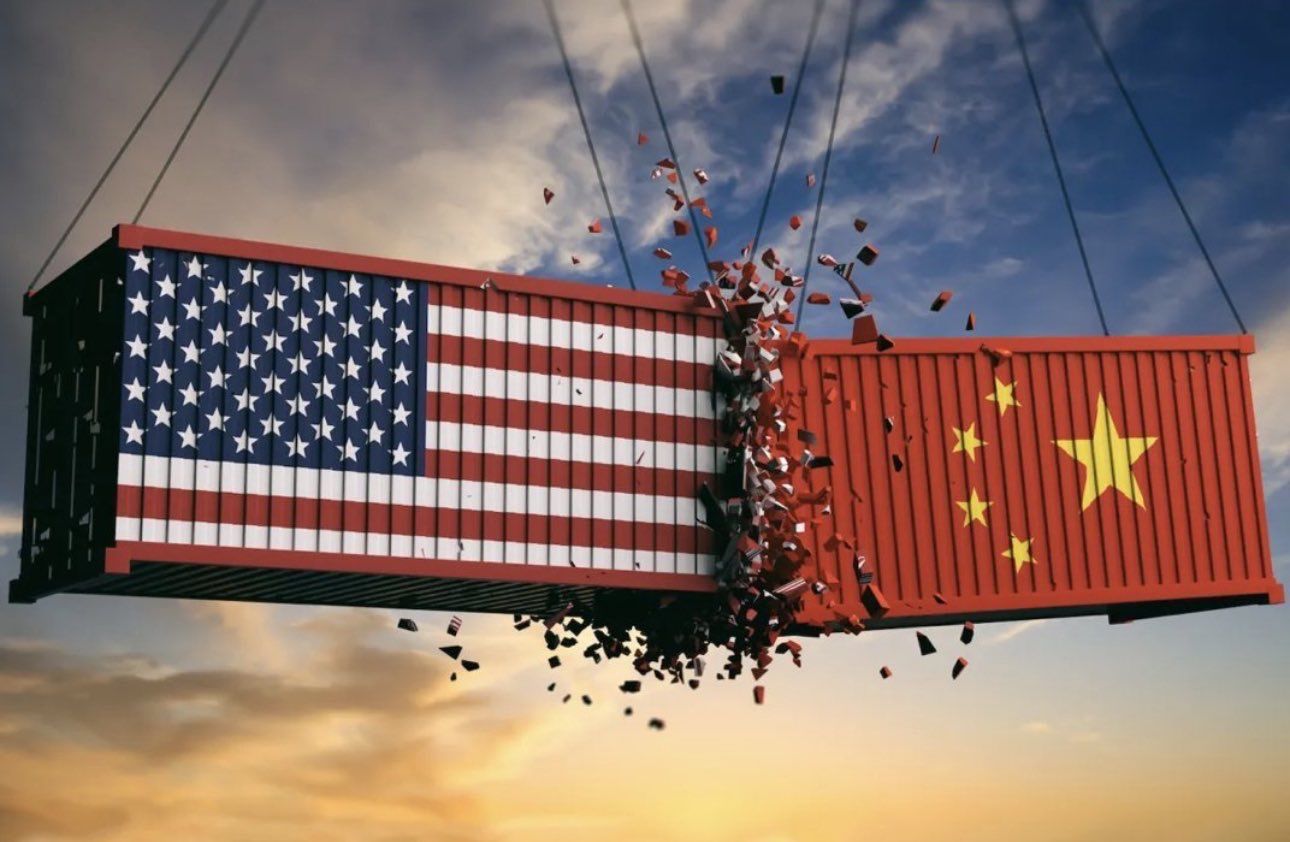China’s centrally planned neo-Keynesian growth model is showing serious cracks — and a China trade deal may now be more urgent than ever. After years of fueling expansion through overcapacity and debt, the country faces falling industrial utilization, rising insolvencies, and weakening consumer demand.

Overcapacity by Design
Today, China produces 30% of the world’s goods while consuming less than 18%. The country’s industrial capacity utilization fell to 74.1% in Q1 2025, a clear indicator that supply far exceeds domestic demand. This overcapacity isn’t accidental—local and national authorities have pushed for GDP growth at any cost, incentivizing production beyond sustainable levels. As a result, China depends heavily on exports to absorb the surplus.
According to the IMF’s latest economic outlook on China, these imbalances remain a key vulnerability in China’s growth model.
Mounting Debt and Economic Strain
The economic outlook continues to darken. Rising corporate debt, a weaker yuan, and surging bankruptcies are straining both the private and public sectors. The official manufacturing PMI fell to 49.0 in April 2025, the sharpest drop since 2023, signaling contraction. According to recent forecasts, insolvencies are expected to rise by 7% in 2025 and 10% in 2026.
The real estate sector has further weakened the financial system. With property developers defaulting, banks under pressure, and household wealth eroding, consumer confidence has taken a hit.
The Hidden Cost of Global Ambitions
At the same time, China’s global ambitions, particularly through the Belt and Road Initiative, have added an estimated $385 billion in off-the-books debt. Several recipient nations are already struggling with repayments, requiring IMF interventions or outright defaults. These issues amplify the risks at home.
Why a Trade Deal Is Urgent
China’s economic model only works if it can export its surplus—especially to the United States, the world’s largest consumer market. However, with trade tensions high and tariff exemptions removed, Chinese small and mid-sized enterprises (SMEs) are feeling the pinch. Many face bankruptcies, layoffs, and deflation unless conditions improve quickly.
For more on how global power is shifting, read our article on the global economic shift.
This situation underscores the urgency of reaching a China trade deal. Not only would it stabilize bilateral relations, but it could also help rebalance the Chinese economy toward sustainable growth.
Long-Term Reforms Needed
While a deal could provide short-term relief, long-term resilience will require deeper reforms:
-
Opening up financial markets
-
Relaxing capital controls
-
Empowering the private sector over state-driven planning
These changes would help shift China away from reliance on exports and debt, fostering a more balanced and innovation-driven economy.
Have questions or want our take on how this affects your investments? Contact us.
